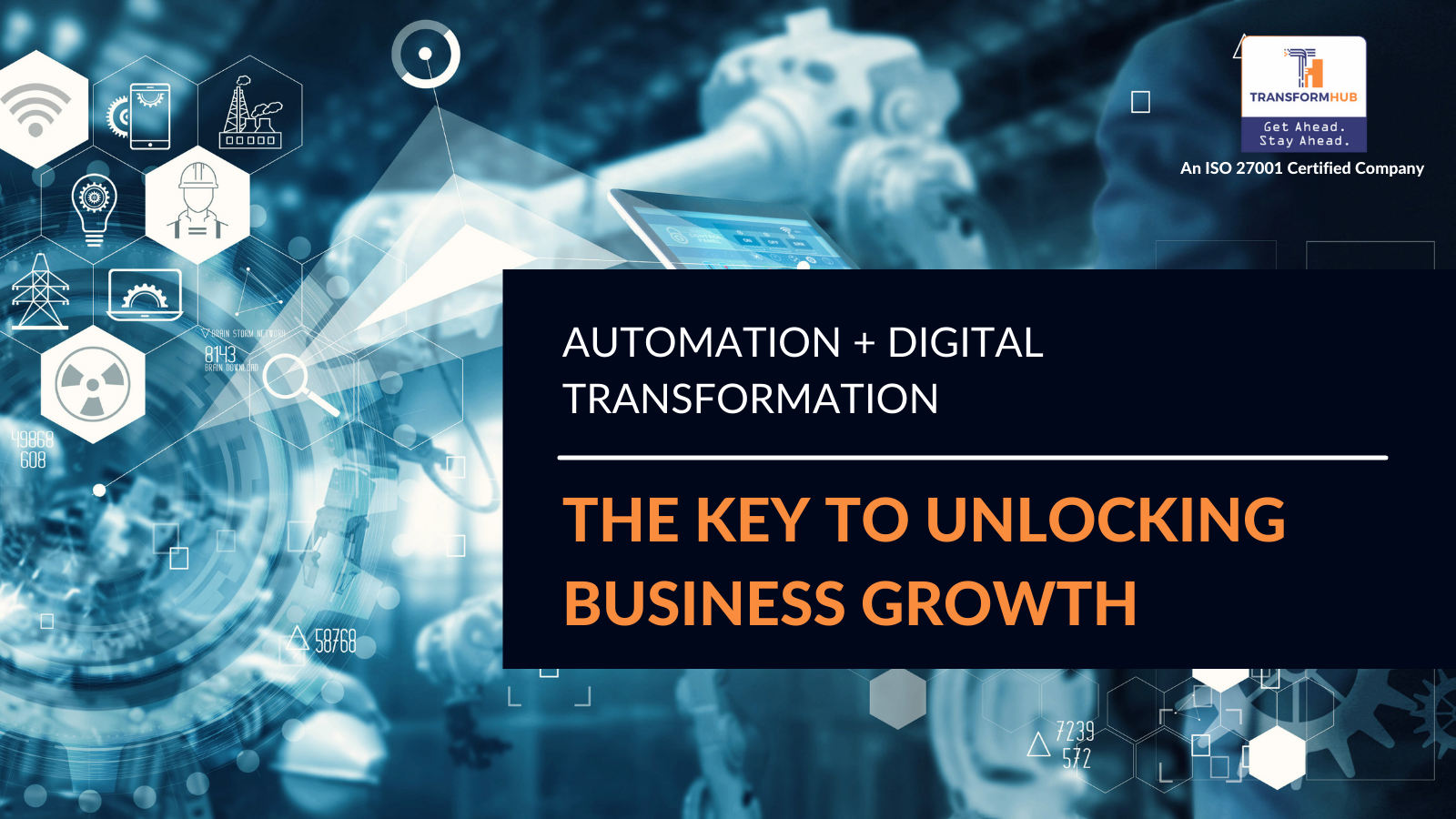Factors That Are Driving Global Growth in Digital Lending
Unquestionably, the worldwide market for digital lending is one of the fastest-growing, and analysts have often remarked that India is the country driving this expansion. India's digital lending market was valued at 110 billion USD in 2019 by the international research and analytics company Statista, and a subsequent infographic published in 2021 anticipated that the market will reach a total worth of 350 billion USD by the end of 2023.
Digital lending is poised to revolutionize the lending landscape internationally since Fintechs are leading the industry in addressing the shifting consumer behavior for getting loans globally. Because of the smooth online transactions and user-friendliness, digital lending is becoming more and more popular worldwide, including in India.
According to estimates, over a thousand FinTech businesses are operating in India, and these businesses have entered the loan sector with digital models that can upend it. With the help of partnerships with FinTech firms, even banks are now digitizing the loan process.
These FinTech businesses have increased digital lending globally in response to rising customer expectations.
We'll examine more closely the main elements that have contributed to this industry's explosive expansion while also attempting to comprehend the future's path.
-
Big Data and Technological Advancements
Two-thirds of the globe now have access to mobile services because of smartphone improvements. A vast array of economic opportunities are now at the people's fingertips thanks to it. Along with this increase in users, mobile internet technological improvements are also keeping pace with this increase in users. This increase has also generated a lot of data that is now accessible to businesses.
Smartwatches, vehicles, and other connected gadgets continue to expand the accessibility of the data that is already available online. The financial sector's businesses have been able to generate significant value because of the availability of big data sets. The Visa is the finest illustration of this. The organization has successfully reduced the average time to identify card theft from 1 month to just 13 days by utilizing big data to the maximum extent.
In addition to the banking industry benefiting from advances in mobile internet technology, digital lending is also greatly aided by advances in biometric technology such as iris, thumbprint, internet of things, quick payments, face recognition, blockchain, etc.
-
Decreased Cost of Infrastructure
As we mentioned before, the introduction and widespread availability of low-cost cell phones is another driving force behind the rapid growth of digital lending in India, together with simple access to affordable internet.
A top-of-the-line smartphone with cutting-edge features may cost as much as 15,000 rupees in 2013, but today, thanks to the market's abundance of affordable hardware makers, you can get one for a fraction of that price.
According to a recent Statista poll, just 90.63 million individuals possessed at least one smartphone in 2012. Ten years later, in 2021, more than 880 million people will own at least one smartphone and spend at least 3 hours per day using them.
Consumers' increased use of smartphones has allowed them to quickly access a variety of services, such as personal loans and credit lines, as well as online shopping and food delivery, which has contributed to India's rapid growth in digital lending.
-
The Internet Savvy Millennials
Consumers book everything online, from placing meal orders to doing their grocery shopping and planning trips. Physical contact between the buyers and sellers is no longer necessary due to the shift in the buyer's behavior. When making purchases, consumers increasingly turn to websites, social media, videos, and online reviews.
There have been several intriguing trends that have emerged with the growth of internet outlets. The financial industry has reported transactions that were done after work hours. For instance, Yu'eBao, the biggest money market fund in the world, has even revealed that 50% of its trades take place after business hours.
-
Minimal Paperwork
The procedure of applying for and handling a loan has historically been difficult. Since all of the records were in tangible form, there were mountains of paperwork involved. A loan applicant was required to complete at least three or four forms, present supporting evidence for all loan-related matters, and deliver photocopies of all submitted paperwork.
The digital transition has made it possible to do away with all of this paper's effort. Today's borrower only needs to complete the online loan application form and attach the necessary paperwork.
-
Quicker Disbursement
Additionally, the entire loan processing procedure has sped up considerably. It used to take weeks in the past. Borrowers may now obtain a straightforward unsecured loan in a matter of hours.
Many online lenders are currently "pre-approving" loans. In other words, the bank evaluates the borrower's financial statistics to decide whether loans are appropriate for them. Because banks have both the financial information and the CIBIL score in a digital format, this is now achievable. To analyze the data and create unique loan packages for each of its clients, they might thus rely on software.
A borrower only has to click a few times and upload a few papers to apply for a pre-approved loan. Within a few hours, the loan will be disbursed to their bank account.
Furthermore, the procedure has been considerably speedier even if they wish to apply for a loan that hasn't been pre-approved. Many online lenders today guarantee reimbursement within 24 or 48 hours after application.
-
User-Friendly Interface
The user interface of their online digital lending platform is something that the majority of digital lenders pay close attention to. This platform may take the shape of a website, a mobile app, or both. It is important to make the interface user-friendly because otherwise the borrower might get confused or it might take too long.
Lenders can now create interfaces that are incredibly seamless and aesthetically pleasing because of advancements in UX and UI research. As long as the loan is unsecured, the complete procedure doesn't last more than 30 minutes.
The user interface frequently includes built-in customer support. This implies that the borrower can communicate through chat or phone with a customer service representative if they have any questions and need clarifications. This ensures that support is provided every step of the way, and the borrower is not left to navigate the process on his own.
Wrapping Up
Digital financing is a permanent trend. Both consumers and lenders now find the financing procedure to be considerably easier. The new technology that makes it all possible is being swiftly adopted by banks as they update their outdated procedures. The loan industry is modernizing more quickly than ever thanks to online lenders who are upending the rules.
If you are a financial institution searching for a financial management system to be competitive in lending and win, get in touch with TransformHub. Check out our blog for more of these kinds of posts.
Share this
You May Also Like
These Related Stories

The Top Digital Transformation Trends That Will Shape 2023

Automation + Digital Transformation: Key to Unlocking Business Growth




